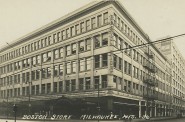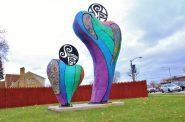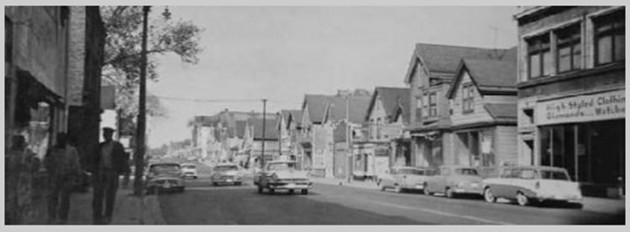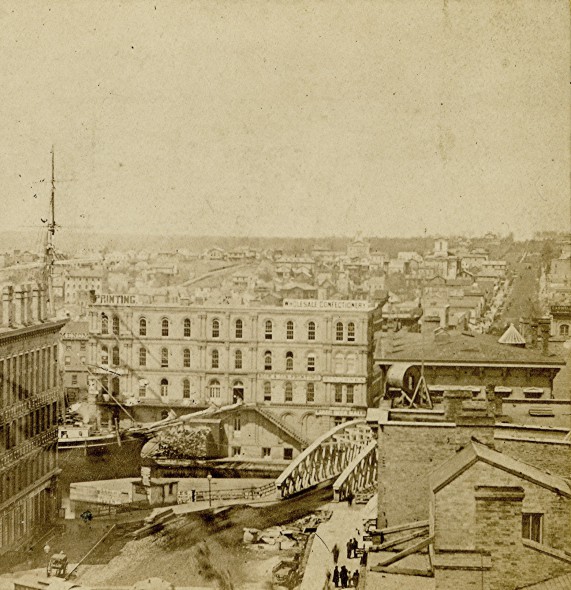Spring Street Bridge, 1867
The street also known as Wisconsin Ave. exemplified the conflict between dueling developers on each side of the river.
Ever notice that most of the streets east and west of the Milwaukee River do not exactly line up? The story dates back to the 1830s. The east of the river was developed by Solomon Juneau and Morgan Martin, the west by Byron Kilbourn. Competition between the two sides was fierce. An early 1836 map of Milwaukee only shows Kilbourn’s plats, completely ignoring the older east side. In the 1840s bridges would become a hot button issue culminating in a “Bridge War” in 1845 when the west-siders vandalized some of the few bridges. But in 1846 calmer heads ruled and three bridges were officially constructed and more amateurish ones were dismantled. A good thing, too, as river traffic would dramatically increase when harbor improvements were added in the 1850s.
Luckily in later years a rather elegant solution would be found to align the conflicting street path. This would be the Court of Honor, the section of Wisconsin Ave. between 9th and 11th Streets. This is the widest stretch of Wisconsin with a median that has landscaping and some notable statues. It also discretely redirects the traffic about 100 feet south, Notable buildings facing the Court of Honor include the Milwaukee Public Library and the Wisconsin Club (once the Alexander Mitchell mansion).
Yesterday's Milwaukee
-
When Boston Store Was Big
 Apr 18th, 2018 by Jeff Beutner
Apr 18th, 2018 by Jeff Beutner
-
Sherman Park Has Been a Melting Pot
 Aug 25th, 2017 by Jill Florence Lackey, PhD
Aug 25th, 2017 by Jill Florence Lackey, PhD
-
The Rise and Fall of Bronzeville
 Aug 5th, 2017 by Jill Florence Lackey, PhD
Aug 5th, 2017 by Jill Florence Lackey, PhD






















Heck – Notice the cool “tall ship” docked on the west side of the river! Good post.